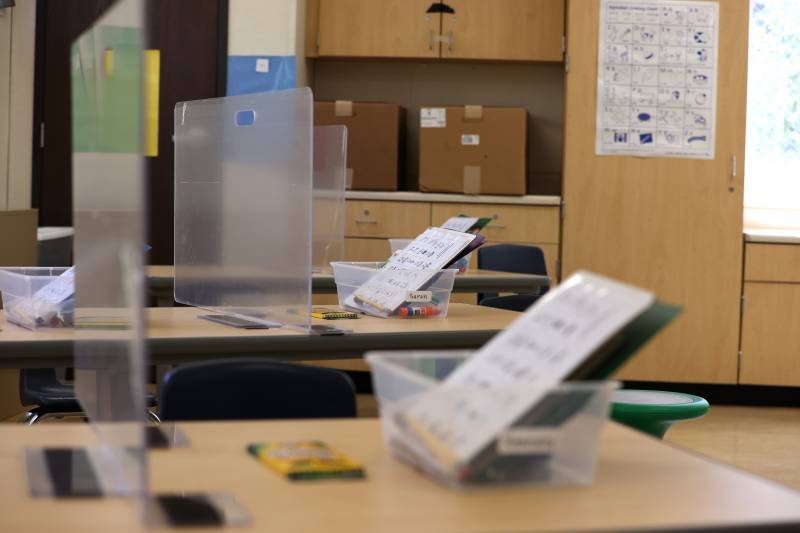A month into in-person learning for most California schools, some districts are reporting soaring rates of absenteeism due to stay-at-home quarantines, fear of COVID and general disengagement from school.
Even districts like Elk Grove and Long Beach that had relatively high attendance before COVID have seen big increases in chronic absenteeism — students who have missed more than 10% of school days.
“It’s very concerning. We need to pay close attention to these students,” said Hedy Chang, executive director of Attendance Works, a nonprofit aimed at boosting school attendance. “Not only are they missing out on opportunities to connect with their peers, but they’re missing valuable classroom time to help them recover from learning loss from the previous year.”
The California Department of Education has not yet released statewide attendance data for the 2021-22 school year, but some school districts reported their attendance rates to EdSource. Oakland Unified posts its attendance publicly.
Stockton Unified said that so far, 39% of its students have been chronically absent, more than double the rate two years ago. The district’s truancy outreach workers are visiting up to 60 homes a day, offering incentives like prizes and backpacks, to encourage students to come to school.

